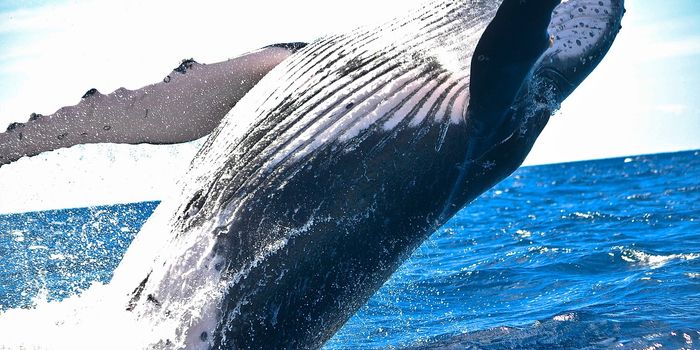New Evidence for Climate Change-Driven Extinction in Tropical Birds
Climate change is having a profound impact on global animal populations, and as the results of a study published this week in the journal Proceedings of the National Academy of Sciences indicate, tropical birds are perhaps some of the hardest-hit animals of them all.
Image Credit: Pixabay
Curious researchers wanted to know how climate change impacted tropical bird species, and so they ventured to the mountainous regions of Peru to learn more. Once there, they surveyed more than 400 bird species – the same ones surveyed in a previous study conducted in 1985 – and they found some rather alarming results.
As per the researchers’ findings, almost all of the 400 surveyed tropical bird species exhibited some form of population decline, while at least eight of them seemed to have disappeared entirely. But why?
The researchers attribute the circumstances to the mountaintops, which is where tropical birds often seek refuge from the warming climate. As it would seem, even the notoriously chilly mountaintops become warmer after climate change rears its ugly head. After each species moves to the top of a mountain, it can’t climb any higher to avoid the warming climate.
The researchers have billed the situation the “escalator to extinction.”
"Once you move up as far as you can go, there's nowhere else left," explained John W. Fitzpatrick, a co-author of the study. "On this particular mountain, some ridgetop bird populations were literally wiped out."
"A study like this where you have historical data you can go back to and compare is very rare," added University of Connecticut researcher Mark Urban. "As long as the species can disperse, you will see species marching up the mountain until that escalator becomes a stairway to heaven."
Related: This African bird species is new to science, and it's already in trouble
The team’s tropical bird surveying involved deploying various monitoring tools, including fine nets and microphone boxes. The former enabled the team to catch and release local birds, while the latter allowed them to listen to the chirps of those unseen. The researchers kept detailed records depicting what they had found.
"We found that the bird communities were moving up the slope to reach the climate conditions to which they were originally adapted," said study lead author Benjamin Freeman. "We think temperature is the master-switch in explaining why species live where they do on mountain slopes. A huge majority of species in our study were doing the same thing."
Related: Bigger birds bully their way to food sources, study finds
Birds are particularly sensitive to temperature changes, and tropical species live where they do because the temperature in this region remains stable year-round. Even minor temperature fluctuations can cause variations in tropical bird populations, as we see here.
If these results can be reproduced in Peru, then they can likely be replicated around the globe. The study serves as a motivator for more researchers to conduct similar research in their own backyards and to discern how climate change might be impacting bird species elsewhere on the planet.
If we’re going to conserve vulnerable species, then the first step is understanding which ones are the most susceptible.
Source: Phys.org, Proceedings of the National Academy of Sciences









